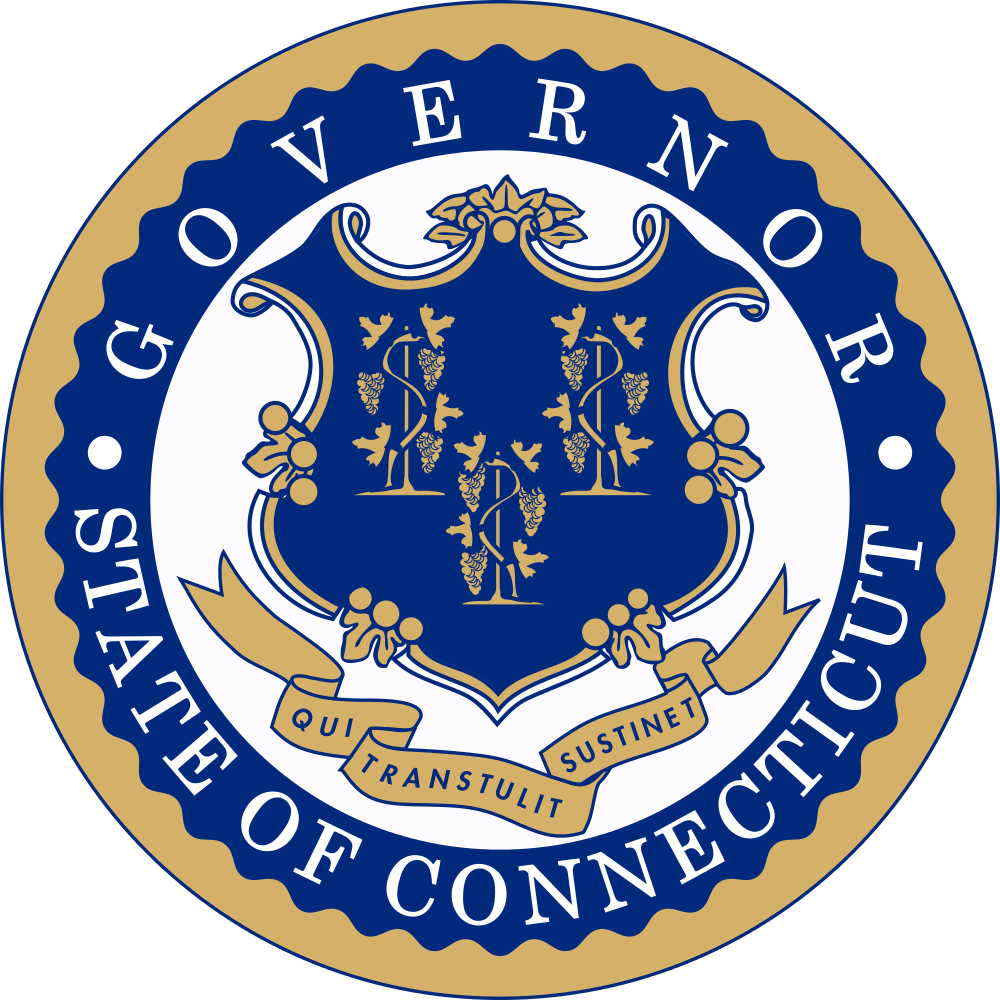Senate Bill 885, An Act Concerning the Governor's Budget Recommendations for General Government
This bill implements the governor’s budget recommendations concerning general government by authorizing state agencies to contract with other states, fixing a technical issue with the greenhouse gas fee, fixing the Teacher’ Retirement System death benefit, clarifying the Governor’s authority regarding the Connecticut State Guard, eliminating the monthly deficiency letter, requiring that any over-collection of State Employees Retirement System funds be returned to the retirement fund as an additional employer contribution, delaying the start of the Connecticut Municipal Redevelopment Authority, authorizing a $30 million set aside in the debt limit for tax exempt leases, clarifying that bond authorizations allocated to the PFMLIA be repaid by the Authority to the General Fund, deferring the tax incidence report, and creating the Office of Workforce Strategy.
Information about Senate Bill 885.
Section 1: Allows state agencies to contract directly with other states. This change is recommended by the Attorney General’s office.
Section 2: Modifies the greenhouse gas reduction fee to reflect the change in registrations from biennial to triennial.
Section 3: Provides clarification that the 50% reduction in the lump sum death benefit for members of the Teachers’ Retirement System does not apply to current retirees or current teachers who were eligible to receive a retirement benefit prior to July 1, 2019.
Section 4: Clarifies the Governor’s authority regarding command and control of the Connecticut State Guard.
Section 5: Eliminates the requirement that OPM produce a monthly deficiency letter. This letter duplicates the report that OPM issues monthly pursuant to CGS Section 4-66, so there would be no loss of transparency or information upon which the legislature could act.
Section 6: Requires that any over-collection of State Employees Retirement System funds be returned to the retirement fund as an additional employer contribution. Currently. Over-collection of pension funding is deposited as General Fund Revenue, while under-collections reduce available pension funding. This proposal would treat both over- collections and under-collections the same.
Section 7: Delays the start of the Connecticut Municipal Redevelopment Authority to July 1, 2022 by delaying the appointments of the board members to such date.
Section 8: Authorizes a $30 million set aside in the debt limit for tax exempt leases for improvements in state buildings that reduce energy consumption or environmental impacts as part of Governor Lamont’s Greener Gov. Initiative under Executive Order #1.Tax exempt lease-purchase agreements for energy efficiency projects, as well as for waste reduction, water reduction, renewables, are a common and cost-effective way for state and local governments to finance upgrades and then use the energy savings to pay for the financing cost.
Section 9: This section clarifies that bond authorizations allocated to the Paid Family and Medical Leave Authority (“CT Paid Leave”)be repaid by the Authority to the General Fund. Section 31-49g of the General Statutes specifically requires repayment of moneys expended from the General Fund for administering the Paid Family and Medical Leave (PFML) program in Connecticut, so this language makes clear that bond funds, the debt service on which is supported by the General Fund, must also be repaid. The Authority began collecting employee contributions on January 1, 2021, to support payment of benefits beginning January 1, 2022, as well as for the administrative costs of the Authority. In order to provide startup funding to the Authority in advance of employee contribution collections, the PFML enabling legislation included a transfer of $5.1 million from the General Fund to the Authority, and this startup funding must, pursuant to section 31-49g, be repaid by October 1, 2022. Bond funds support the development of a system to collect employee contributions as well as the capability to administer PFML benefits. To ensure that the Authority can remain stable and solvent over the long-term, the proposed language allows the Secretary of OPM, in consultation with the Treasurer, to establish an amortization schedule for repaying principal and interest on bond funds allocated to the Authority. The Authority may, if it chooses, repay such sums earlier than the schedule to be developed by OPM. It is anticipated that repayment will be over a 10 to 12 year timeframe at an interest rate to be specified by the Treasurer. This timeframe will enable the Authority to plan and budget the repayment, and ensure that the repayment period does not stretch beyond the expected useful life of the information technology systems supported through bonding.
Section10: Defers the Tax Incidence Report, prepared by the Department of Revenue Services, to 2024.
Sections 11-54: Creates the Office of Workforce Strategy (OWS), housed within DECD for administrative purposes only. OWS will be headed by the state’s Chief Workforce Officer. The Chief Workforce Officer will work horizontally across agencies to coordinate on policy, grant writing, etc. The Office of Workforce Strategy will not have a large programmatic staff.
The Chief Workforce Officer will:
-
be the Governor's principal advisor on workforce policy/strategy/coordination
-
set a unified state strategy on workforce
-
represent the Governor and the needs of the workforce system on state boards and commissions
-
support DECD to help meet the workforce needs of the state’s businesses or potential businesses that may move to the state
-
use workforce data to improve outcomes in the workforce system
-
convening and aligning members of workforce ecosystem, including state agencies, educational institutions, and private employers
There are several important federal laws and programs in regard to workforce development, the most important of which is WIOA. In this bill, OWS coordinates the state’s implementation of WIOA and will staff the Governor’s Workforce Council, which is the state workforce board as required under WIOA.
The OWS has already been launched, pursuant to the Governor’s Executive Order 4 and an MOU signed in November by OPM, DOL, and DECD. This bill formalizes the Governor’s EO4 and the interagency MOU.

